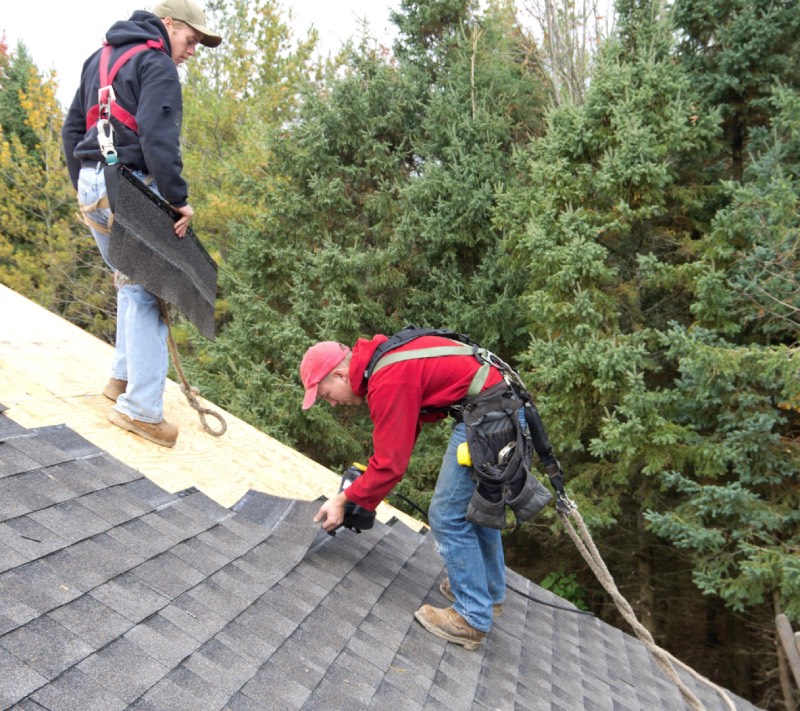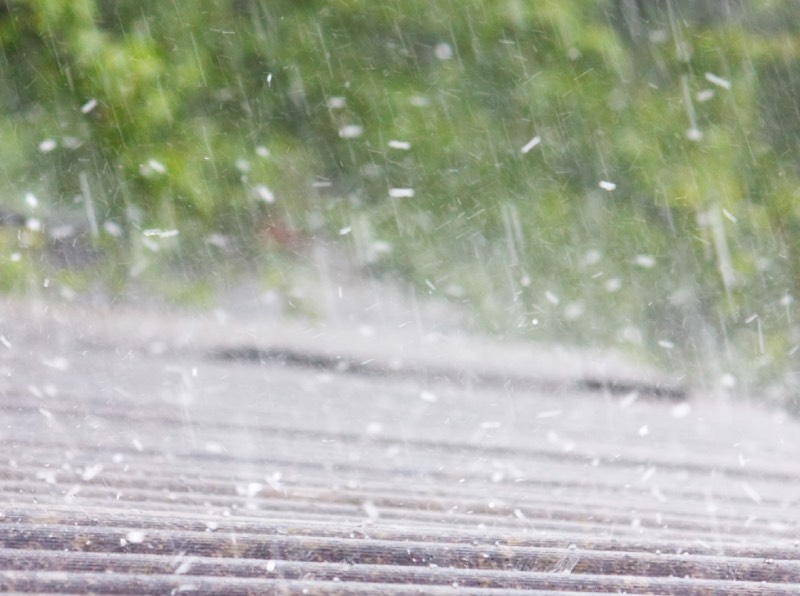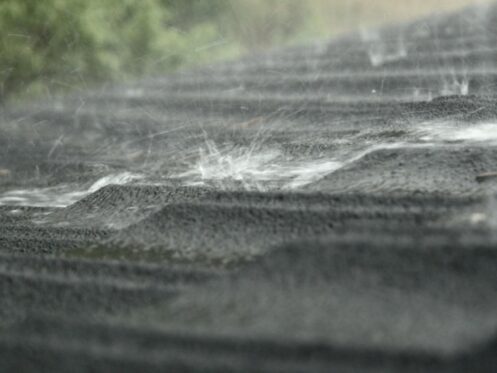Indiana’s climate can be particularly harsh on roofs, presenting unique challenges that homeowners must contend with. The state experiences a diverse mix of weather patterns, from heavy snowfall in the winter to thunderstorms and tornadoes in the spring and summer. Each of these conditions brings its own set of potential threats to roof structures, including the risk of leaks, damaged shingles, and other structural issues. Understanding these challenges is the first step in protecting your home and ensuring that your roof can withstand the elements.
Regular Roof Inspections
The Importance of Regular Inspections
Regular roof inspections are a vital component of effective roof maintenance, allowing you to identify potential issues before they escalate into significant problems. A thorough inspection by a professional roofing company can help assess the overall condition of your roof, identify weak spots, and recommend necessary repairs. These inspections serve as a preventative measure, helping to extend the lifespan of your roof.
When to Schedule Inspections
Ideally, you should schedule a roof inspection twice a year, specifically in the spring and fall. This timing is strategic, allowing you to address any damage that may have occurred during the harsh winter months and prepare for the upcoming seasonal changes that spring and summer bring.
In the aftermath of a storm, even minor damage can worsen over time. Therefore, timely inspections following adverse weather events are essential to prevent small issues from evolving into major structural problems.
Essential Roof Maintenance Tips
Keep Your Gutters Clean
Clogged gutters can cause water to back up, leading to roof leaks and water damage. Regularly cleaning your gutters is essential to ensure proper water flow and reduce the risk of damage to your roof and home. Leaves, twigs, and other debris can accumulate in gutters, obstructing water drainage and causing overflow that may damage the roof and the home’s foundation. If you’re not comfortable doing this yourself, hiring a professional to handle it is a wise investment.
Check for Damaged or Missing Shingles
Inspecting your shingles for signs of damage, such as curling, cracking, or missing pieces, is crucial for maintaining the integrity of your roof. Damaged shingles can allow water to penetrate your roof, leading to leaks and potential structural issues. Promptly replacing any damaged shingles is essential to prevent further deterioration and maintain your roof’s overall health.
Regular shingle inspections can also reveal underlying issues, such as inadequate ventilation or improper installation, which can impact your roof’s performance. By addressing these problems early, you can ensure your roof remains robust and well-equipped to handle Indiana’s severe weather conditions.
Roof Protection Strategies

Install Impact-Resistant Shingles
For added protection against hail and debris, consider installing impact-resistant shingles. These specialized shingles are designed to withstand severe weather conditions, such as hailstorms, and can significantly prolong the life of your roof. By opting for impact-resistant materials, you not only enhance your roof’s durability but also potentially lower insurance premiums due to the increased protection.
Use Roof Underlayment
A quality underlayment is an additional barrier against water infiltration, providing an extra layer of protection beneath your shingles. This layer is particularly beneficial in preventing leaks during heavy rainstorms, as it helps direct water away from the roof deck and into the gutters. Consult with a roofing professional to choose the right underlayment for your roof, considering factors such as climate, roof slope, and existing roofing materials.
Secure Flashing and Sealants
Flashing and sealants around chimneys, vents, and skylights are critical in preventing water intrusion. These areas are particularly vulnerable to leaks, so it’s essential to regularly check them for signs of wear and reapply sealant as needed to keep them watertight. Ensuring that flashing is properly installed and maintained is crucial for the overall health of your roof.
Regular maintenance of flashing and sealants not only prevents water damage but also helps maintain the energy efficiency of your home. By keeping these areas secure and sealed, you can prevent drafts and heat loss, contributing to a more comfortable living environment.
Preparing for Severe Weather
Create an Emergency Plan
Severe weather can strike unexpectedly, making it essential for homeowners to have an emergency plan in place. Knowing the safest areas in your home to shelter during a storm, keeping an emergency kit handy, and having a list of important contacts, including your roofing company, are crucial components of a comprehensive plan. Being prepared can make all the difference in ensuring your family’s safety during extreme weather events.
An emergency plan should also include strategies for communicating with family members and accessing emergency services if needed. Regularly reviewing and updating your plan ensures that everyone in your household knows what to do in the event of a severe weather emergency.
Document Your Roof’s Condition
Before a storm hits, take detailed photos of your roof’s current condition. This documentation can be invaluable when filing insurance claims for storm damage roof repair, providing clear evidence of the pre-storm state of your roof. Having accurate records can streamline the claims process and help ensure you receive the necessary coverage for repairs.
Dealing with Storm Damage

Assessing Damage After a Storm
After a severe storm, carefully assess your roof for any visible damage. Look for missing shingles, dents, or punctures, as well as signs of water infiltration inside your home. If you notice significant damage, contact a professional roofing company for a thorough inspection and repairs to prevent further issues.
Filing an Insurance Claim
If your roof has suffered storm damage, contact your insurance provider promptly. Provide them with the documentation you gathered before the storm and any additional photos of the damage. An adjuster will assess the damage and determine the coverage for repairs, guiding you through the claims process.
Understanding your insurance policy and coverage limits is crucial in navigating the claims process. By being informed and prepared, you can ensure that you receive the compensation needed to restore your roof and home to their pre-storm condition.
Choosing the Right Roofing Company
When selecting a roofing company for repairs, ensure they have experience with residential roofing and storm damage roof repair. Checking for proper licensing, insurance, and customer reviews is essential to making an informed decision. A reputable roofing company will provide quality workmanship and reliable service, ensuring your roof is restored to its optimal condition.
Conclusion
Protecting your roof from Indiana’s severe weather requires regular maintenance, proactive inspections, and strategic preparation. By following these guidelines, you can reduce the risk of damage and ensure your roof remains in top condition.
For expert storm damage repair or emergency tarping services, contact our team at Red Bird Roofing today!






